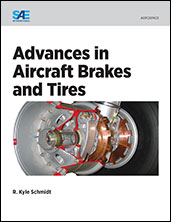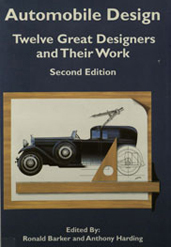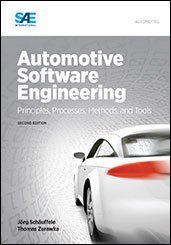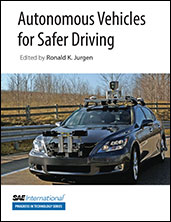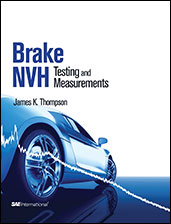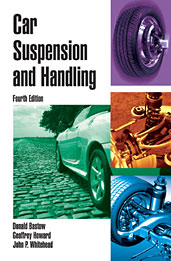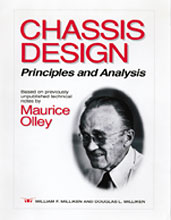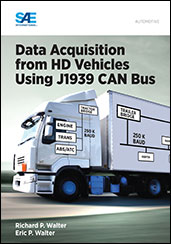Book

Adaptive Cruise Control
2006-09-27
This book contains 63 papers covering the past 11 years (1996-2006) of research on the progress and challenges in the design of Adaptive Cruise Control (ACC) systems and components. Introduced in the automotive market in 1995, ACC takes advantage of the functions of several existing electronic control units and adds a sensor for measuring distance, relative speed, and lateral position of potential target vehicles using laser optics or millimeter waves.

